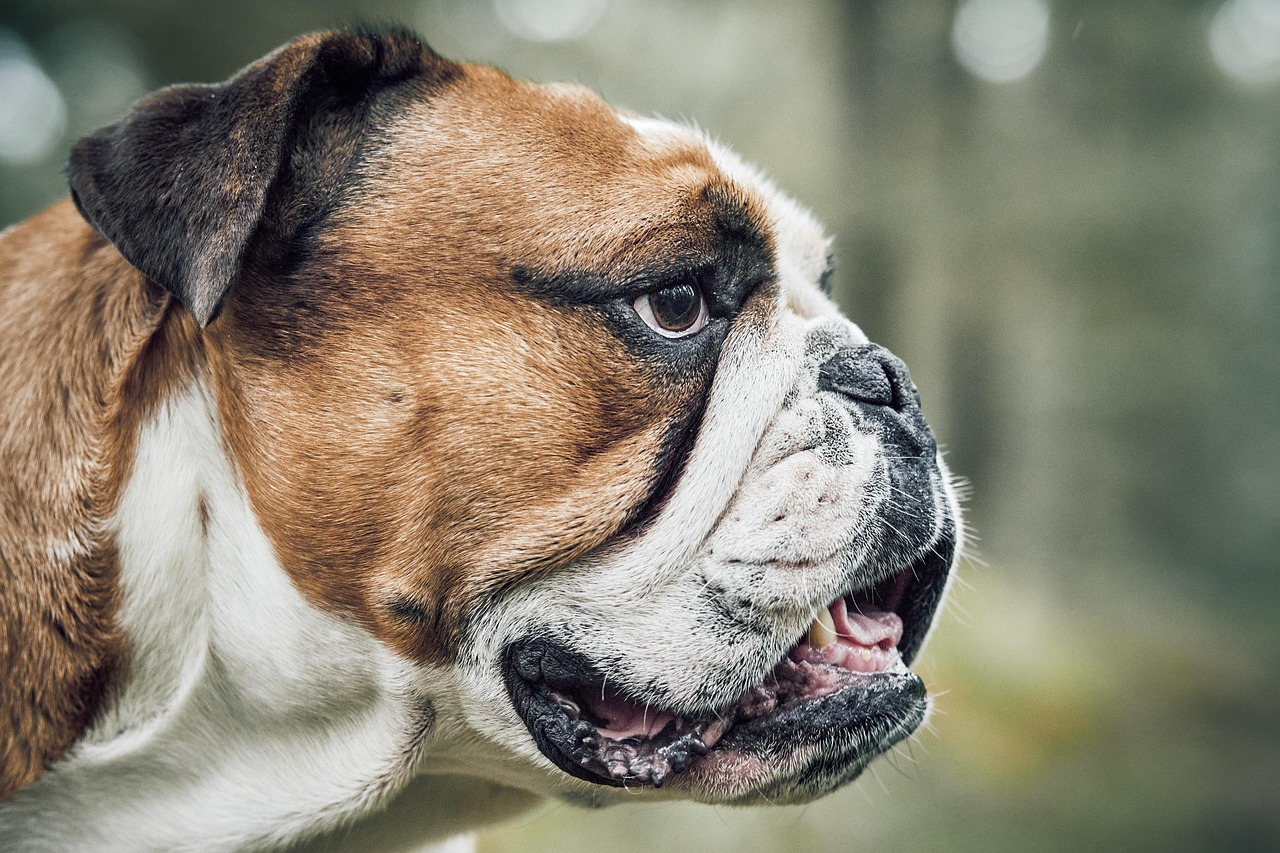Doggy breath isn’t “just a dog thing”: what a new survey gets right about canine dental care
Bad breath in dogs is easy to dismiss as “normal,” but it is often a red flag for underlying health problems. A recent survey commissioned by Purina Dentalife revealed that almost one in three dog owners believe halitosis is to be expected. This perception can delay intervention, allowing dental disease to progress unnoticed. Many respondents also failed to connect other symptoms — such as excessive drooling, behavioural changes, or pawing at the mouth — to oral health issues. The result is a pattern of missed opportunities for early care and, in some cases, worsening discomfort for the animal.
The survey further indicated that at‑home dental routines vary widely. Some owners offer dental chews, fewer commit to regular tooth‑brushing, and quite a number stop trying altogether when their dog resists. Professional veterinary care is also sometimes postponed, with owners “waiting it out” rather than booking a check‑up. While these habits are understandable in busy households, they create an environment where plaque, gingivitis, and eventually periodontal disease can develop unchecked.
The medical implications of bad breath go far beyond an unpleasant smell. Halitosis is often the earliest visible sign of gum inflammation and bacterial build‑up. If left untreated, this process erodes gum tissue and the bone that supports teeth, leading to pain, tooth loss, and a higher bacterial load in the bloodstream. Oral bacteria and chronic inflammation are linked with wider systemic issues, potentially affecting heart, kidney, and liver function. The challenge is that dogs rarely stop eating even when in considerable pain, so waiting for a refusal to eat as a trigger for action usually means intervention is already overdue.
Owners can make a significant difference by integrating simple, sustainable habits into daily life. Brushing remains the gold standard, ideally with a dog‑safe toothpaste and a soft brush introduced gradually to build tolerance. Dental rinses, gels, and Veterinary Oral Health Council–approved chews can supplement, but not replace, brushing. Regular veterinary dental examinations and cleanings under anaesthesia are essential, as they enable removal of subgingival plaque and detection of disease invisible to the naked eye. Dogs considered high‑risk, including small breeds, brachycephalics, and seniors, benefit from more frequent assessments.
The broader veterinary context reinforces these findings. Large‑scale epidemiological studies identify dental disease as one of the most prevalent canine health conditions, particularly in older and small‑breed dogs. Behavioural stoicism means that discomfort is often overlooked, and early intervention offers the best long‑term outcomes. Combining modest daily care at home with periodic professional attention produces the strongest protection for a dog’s mouth, health, and comfort.
Disclaimer: This article summarises a media report about a survey commissioned by Purina Dentalife, a company that sells dental care products. While commercially sponsored research can shed light on important issues, it may also emphasise findings that support product use. For balanced insight, consult independent veterinary professionals and peer‑reviewed resources.
Sources:
The Scotsman – Doggy dental care: almost a third of dog owners think bad breath is normal
Royal Veterinary College (VetCompass) – Epidemiology of dental disease in dogs
Cornell University College of Veterinary Medicine – Dental disease and home dental care
American Veterinary Medical Association – Dental care for pets
Veterinary Oral Health Council – Accepted products list







